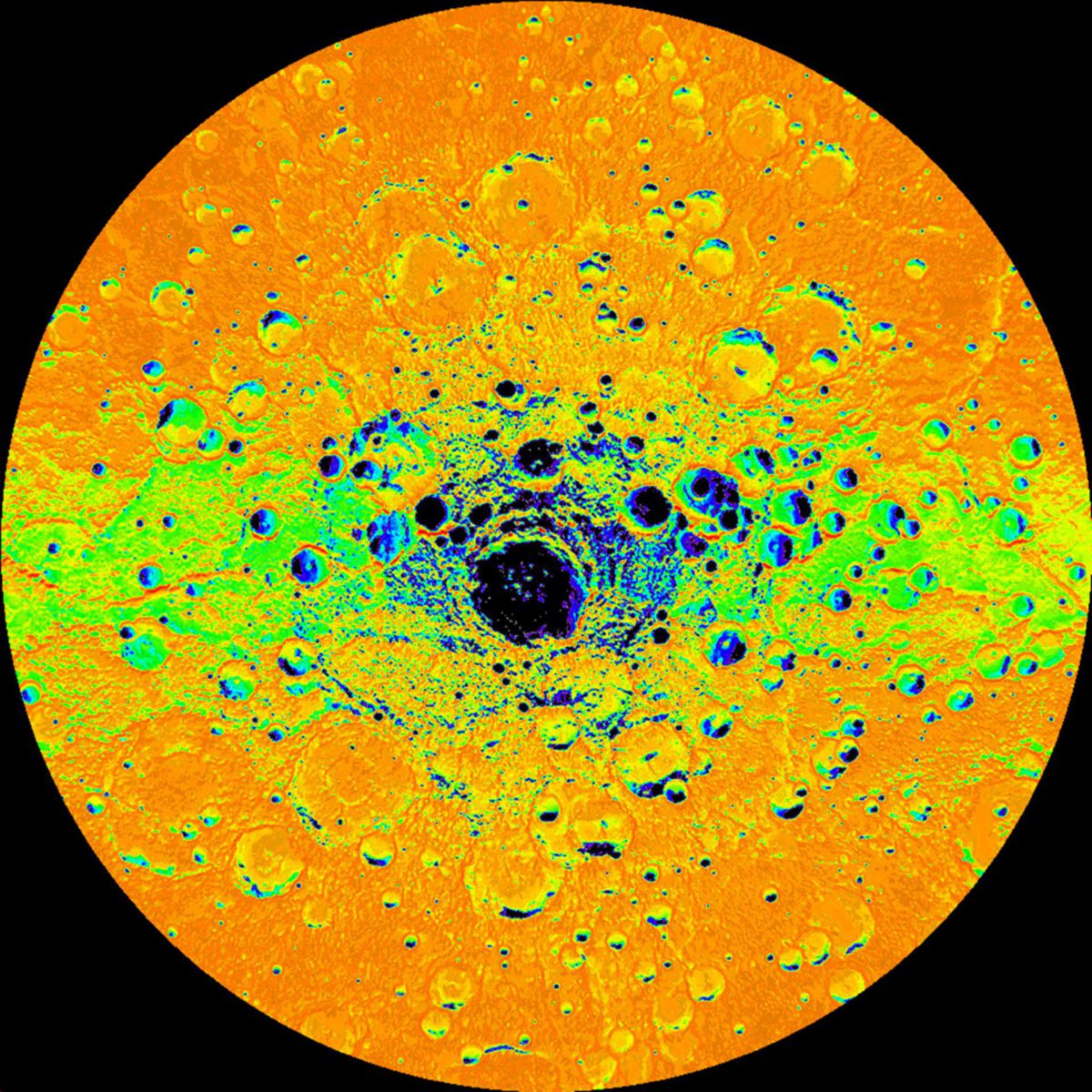All
All
Stories, updates, insights, and original analysis from The Planetary Society.
Webcast Tonight! Planetary Scientist and Society President Jim Bell
Professor Bell's topic is
Why don't we have any photos of asteroid 2012 DA14 if it came so close?
A frequently-asked question last week was: if asteroid 2012 DA14 is coming so close to Earth, why hasn't anyone taken any pictures of it? Now that 2012 DA14 has whizzed past us, we do finally have some radar pictures of it, but they still may not satisfy everyone.
When will New Horizons have better views of Pluto than Hubble does?
Last week, I posted an explainer on why Hubble's images of galaxies show so much more detail than its images of Pluto. Then I set you all a homework problem: when will New Horizons be able to see Pluto better than Hubble does? Here's the answer.
Observing 2012 DA14
Mostly the Universe stays unchanged for hundreds, thousands or even millions of years. There are some cases however when some things change really rapidly. Recently I observed one of these rapidly changing, transient phenomena, as asteroid called 2012 DA14. I work for Las Cumbres Observatory and we have been trying to observe this asteroid since 5 February.
Why can Hubble get detailed views of distant galaxies but not of Pluto?
How come Hubble's pictures of galaxies billions of light years away are so beautifully detailed, yet the pictures of Pluto, which is so much closer, are just little blobs? I get asked this question, or variations of it, a lot. Here's an explainer.
Guide to Asteroid 2012 DA14 Super Close Approach
The 45 meter asteroid 2012 DA14 will pass closer to Earth than geostationary satellites on Feb. 15, 2013. Learn about the asteroid and what to expect from the close approach.
"Sand" means something different to me than it does to you, probably
I had one of those
Introducing PlanetFour
The Mars I study is really active; the surface constantly changes. We have collected a lot of image data about changing seasonal features near the south pole. There is so much that we can't analyze all of it on our own. We need your help, through a new Zooniverse project named PlanetFour.
Curiosity update, sol 157: Glenelg isn't just a test site anymore; it's a scientific "candy store"
The Curiosity mission held a press briefing this morning for the first time since the American Geophysical Union meeting, and it was jam-packed with science. The biggest piece of news is this: it was worth it, scientifically, to go to Glenelg first, before heading to the mountain.
The raw data behind an Earth-like exoplanet
Taking a closer look at KOI 172.02, a super-Earth exoplanet sitting in its solar system's habitable zone.
Report from AAS: Exoplanets (and exo-asteroids, and exo-comets) everywhere
This year's American Astronomical Society meeting featured tons and tons of news on exoplanets. They're everywhere! And not just planets, but also asteroids, comets, and more....
Isostasy, gravity, and the Moon: an explainer of the first results of the GRAIL mission
Last week the GRAIL mission published their first scientific results, and what they have found will send many geophysicists back to the drawing board to explain how the Moon formed and why it looks the way it does now. To explain how, I'm going to have to back way up, and explain the basic science behind gravity data.
Curiosity update, sol 117: Progress report from AGU
Monday was the big Curiosity day at the fall meeting of the American Geophysical Union. A morning press briefing was followed by an afternoon science session. I traveled to San Francisco briefly just to attend those two events. Here's my notes on the first science reports from the mission.
The Curiosity Kerfuffle: the big (and increasing) difference between data and discovery
I'm in San Francisco, reporting from the American Geophysical Union meeting. This morning, there was a much-anticipated press briefing featuring the latest results from Curiosity.
Water ice and organics at Mercury's poles
Water ice at Mercury's poles? That's crazy, right? The MESSENGER team has made a very good case that radar-bright material seen by the Arecibo telescope is, in fact, water ice, covered in most places by a veneer of dark organic material.
Free access to Springer journal PDFs through November 30!
Springer has made online access to PDF copies of several of their journals free through November 30. One of them, Space Science Reviews, is the one that publishes the canonical papers on most spacecraft instruments. It's a bonanza!
Beautiful butterfly crater on Mars (another HiWish granted!)
I asked Mars Reconnaissance Orbiter to take a photo, and it turned out better than I had imagined: an incredibly fresh, well-preserved, dramatically rayed oblique impact crater.
Soliciting input for an idea on slides
I'm directing a question at professional and amateur space scientists and educators: could I make slide sets that would help you educate the public about what's going on in planetary exploration?
Making an ugly rock beautiful
Today I stumbled upon the Lunar and Planetary Institute's Lunar Sample Atlas, and was reminded of how much I love petrographic thin sections. They can make unassuming, cruddy looking rocks beautiful.
DPS 2012: Double occultation by Pluto and Charon
A few talks at last week's Division for Planetary Sciences meeting discussed observations of a double occultation -- both Pluto and Charon passing in front of the same star.


 Explore Worlds
Explore Worlds Find Life
Find Life Defend Earth
Defend Earth


 Sun
Sun Mercury
Mercury Venus
Venus Earth
Earth Mars
Mars Jupiter
Jupiter Saturn
Saturn Uranus
Uranus Neptune
Neptune Small Bodies
Small Bodies















